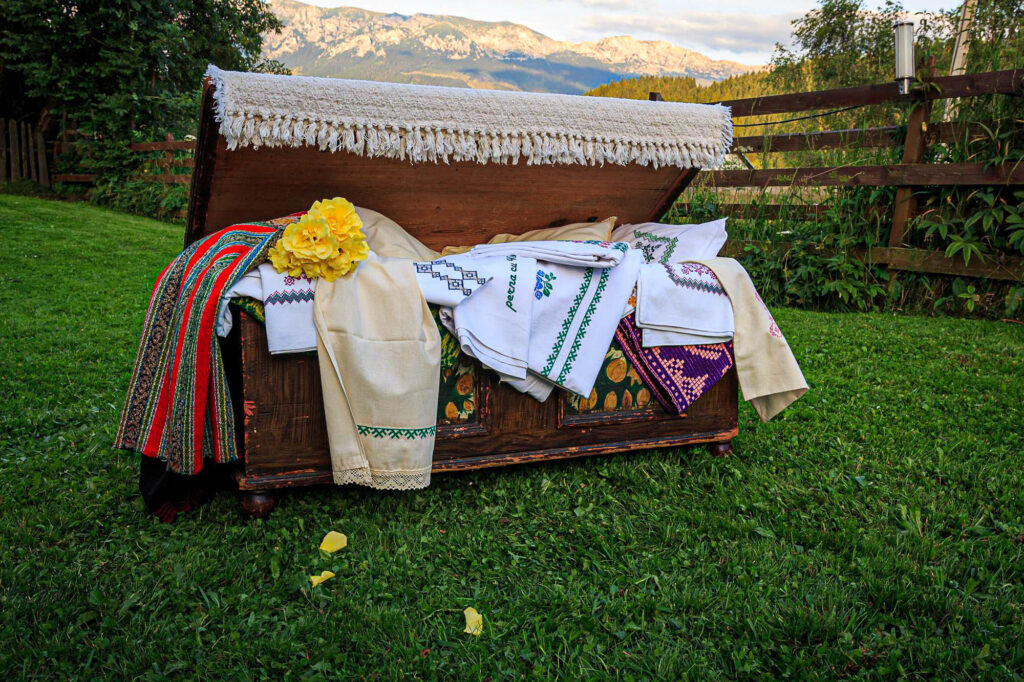The District Museum of History and Ethnography in the town of Telenești has the mission of promoting the traditions of the nation. Thus, in a post on the official Facebook page, the cultural institution from Telenești town promotes the importance of the “Zestre” chest, which remains one of the most significant objects in the rural household.
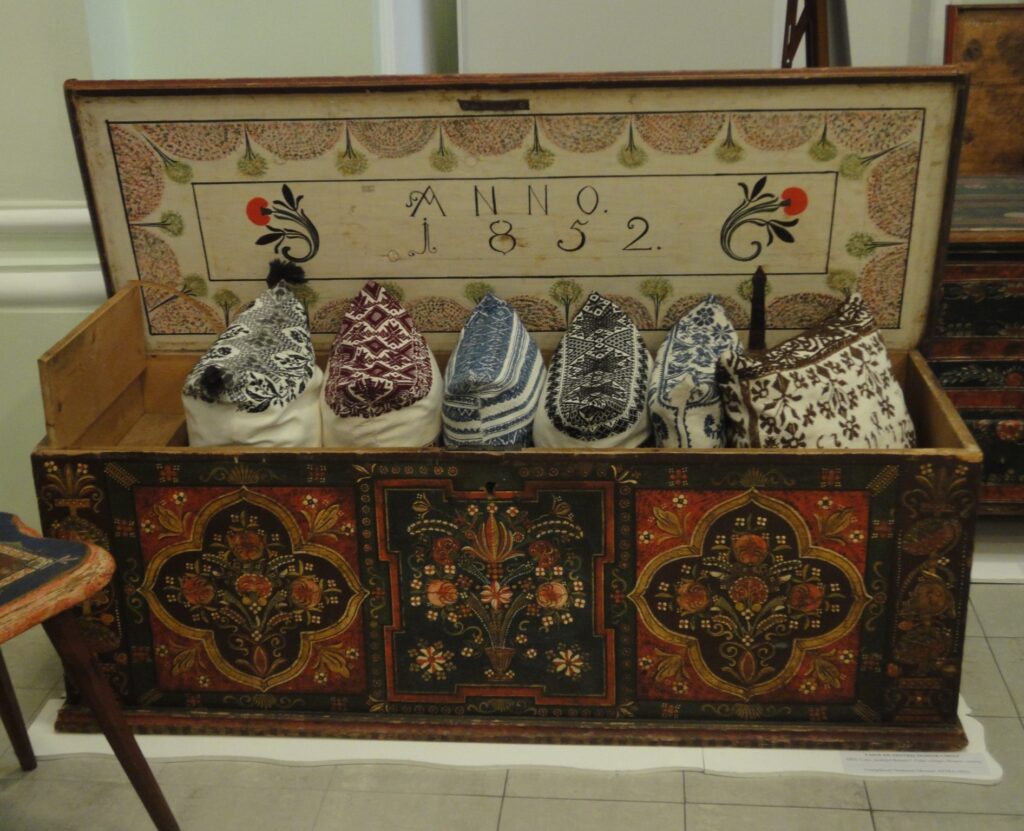
The Tradition of the “Zestre” Chest
The Telenești District Museum of History and Ethnography explains the importance of the “zestre” chest in Romanian culture and traditions. In the rural world, the “zestre” chest remains one of the most crucial objects in the household. But what is actually “zestre”?
“Zestre” (Eng: Dowry) is the movable or immovable property that is given to a woman when she gets married. It was considered that this dowry chest is an essential item without which girls could not get married. After the wedding, the chest held a special place within the household.
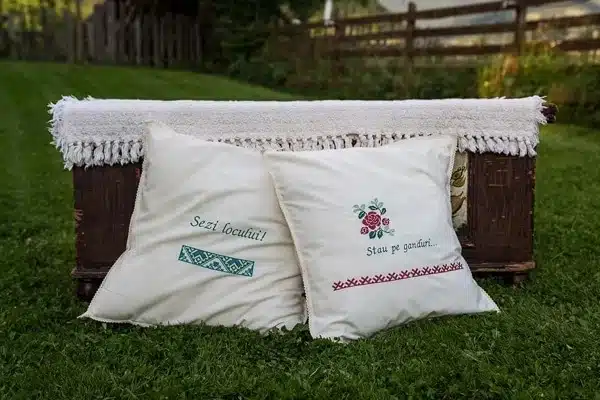
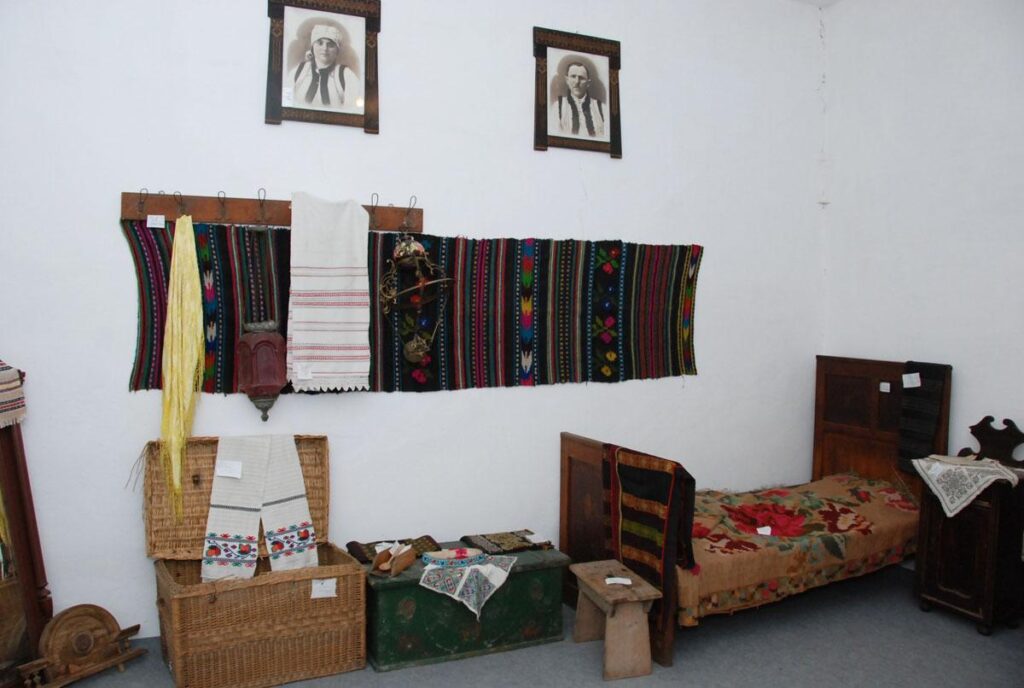
The “zestre” chest was kept in the main room of the house and contained the dowry of a woman or a girl about to get married. The bride would bring her clothing, towels, bedding, carpets, and other items into the chest at the groom’s house. The bigger the chest, the more hardworking the girl was considered. Inside, shirts, bedclothes, or fabrics made or woven by the future bride were placed. Tablecloths, carpets, and towels were also arranged in the chest. Pillows made from goose or chicken feathers were placed on top of the chest. Under such conditions, the “zestre” chest remained an essential piece of interior decor in many households for a long time.
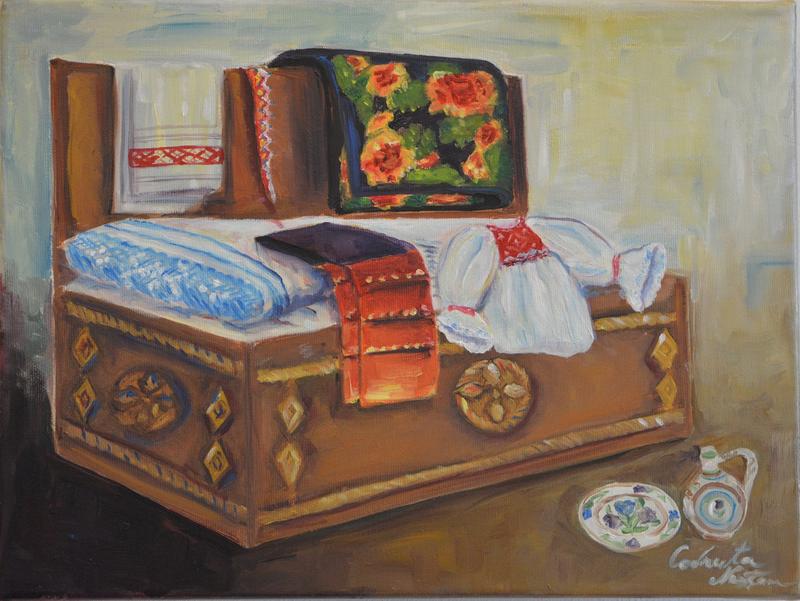
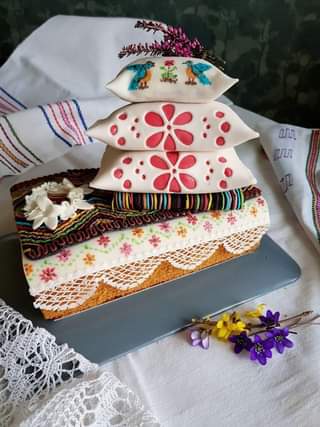
The Artistic and Aesthetic Aspects
The exterior of the chest was just as important as the interior. Besides being filled with clothes, towels, and fabrics, the “zestre” chest had to be beautiful. This task was taken up by skilled craftsmen called “lădari.” They competed in sculpting designs on the chest or painting it with lively and colorful patterns.

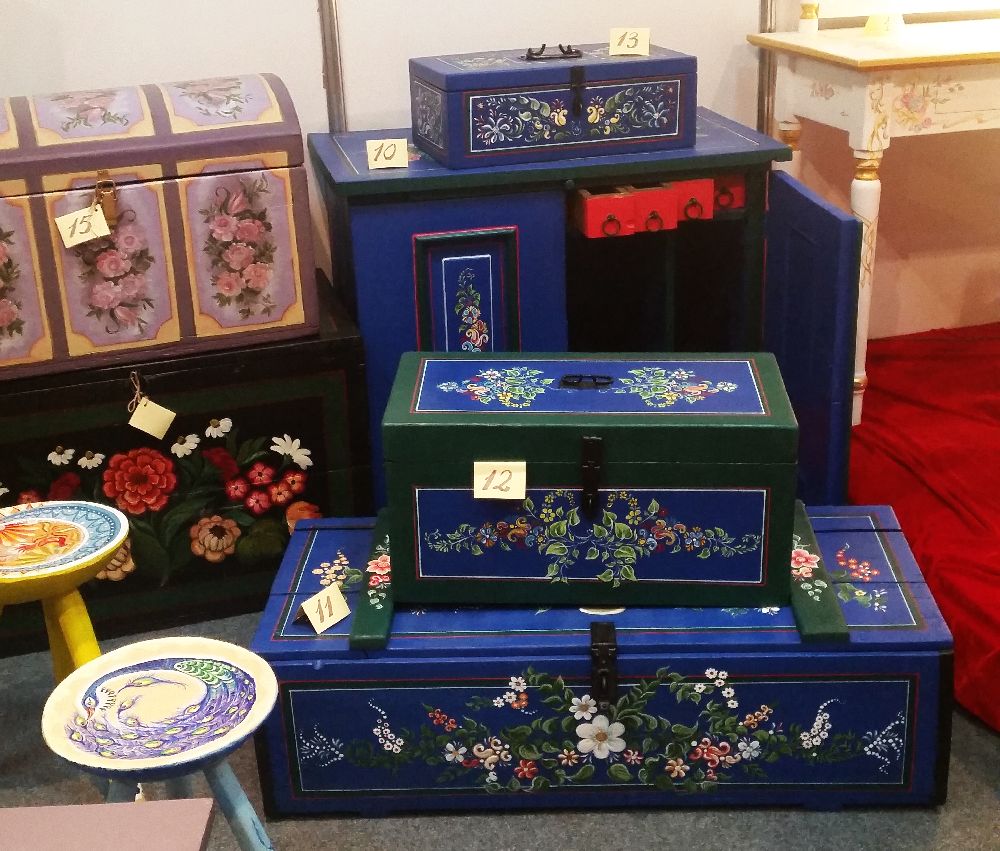

Decline and Preservation:
Today, the “zestre” chest has become extremely rare. It can still be found in the homes of older people and, with great significance, in ethnographic museums. The Telenești District Museum of History and Ethnography has a collection of chests of various sizes, shapes, and exquisite decorations, donated by the residents of the town.
